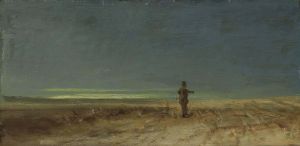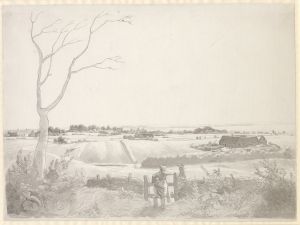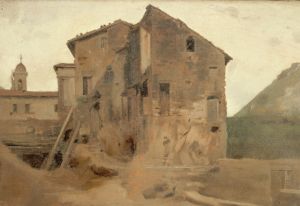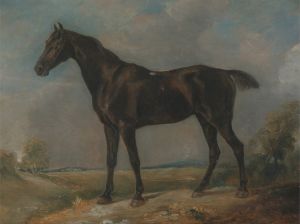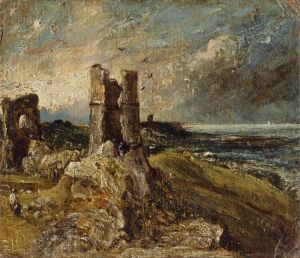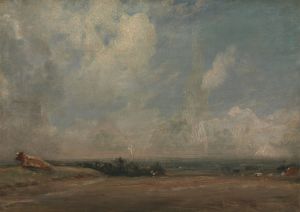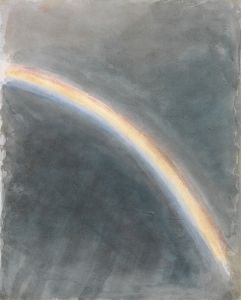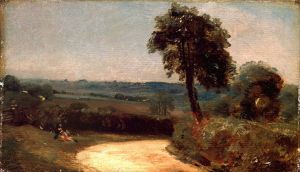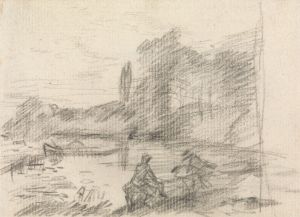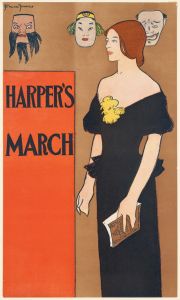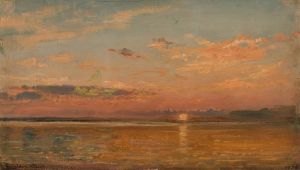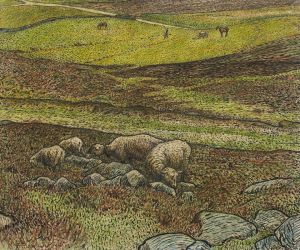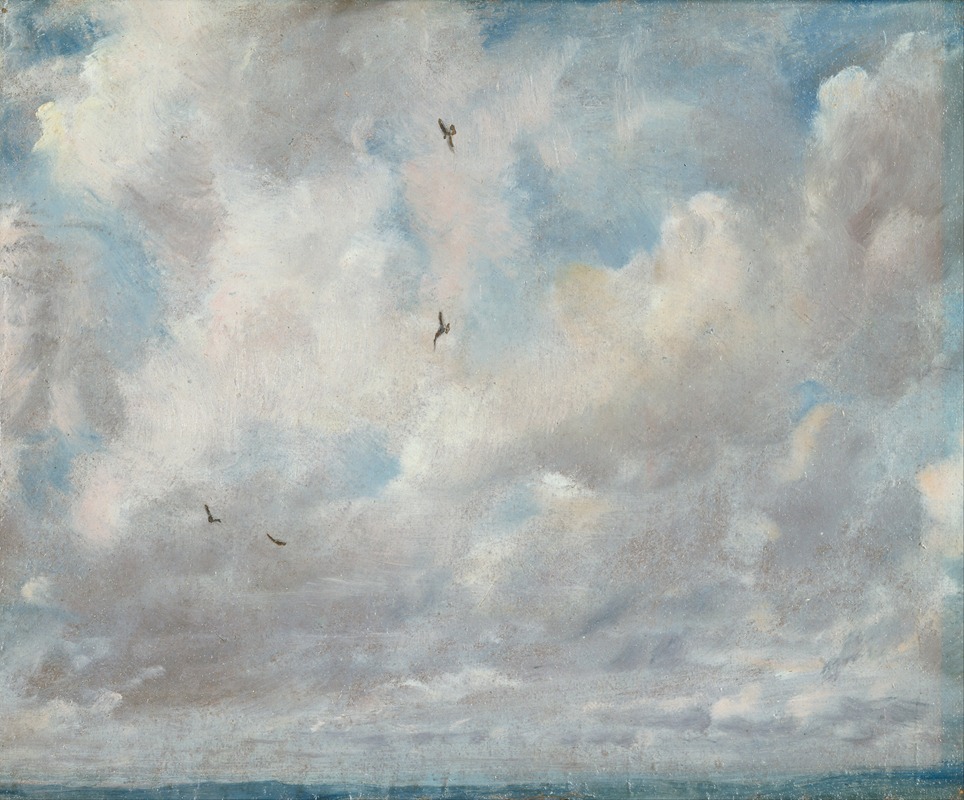
Cloud Study
A hand-painted replica of John Constable’s masterpiece Cloud Study, meticulously crafted by professional artists to capture the true essence of the original. Each piece is created with museum-quality canvas and rare mineral pigments, carefully painted by experienced artists with delicate brushstrokes and rich, layered colors to perfectly recreate the texture of the original artwork. Unlike machine-printed reproductions, this hand-painted version brings the painting to life, infused with the artist’s emotions and skill in every stroke. Whether for personal collection or home decoration, it instantly elevates the artistic atmosphere of any space.
"Cloud Study" is a series of oil sketches by the renowned English Romantic painter John Constable. These studies were primarily created between 1821 and 1822, during a period when Constable was intensely focused on capturing the transient effects of light and atmosphere in the sky. Constable's fascination with clouds and their ever-changing forms is evident in these works, which are considered some of the earliest and most significant contributions to the genre of sky studies in Western art.
John Constable (1776-1837) is best known for his landscape paintings, which often depict the English countryside, particularly the area around his home in Suffolk, known as "Constable Country." His dedication to painting directly from nature and his innovative techniques in capturing the effects of weather and light were groundbreaking at the time and have had a lasting influence on the development of landscape painting.
The "Cloud Study" sketches were created using oil on paper, which was then mounted on canvas. This method allowed Constable to work quickly and spontaneously, capturing the fleeting moments of cloud formations and atmospheric conditions. The sketches vary in size but are generally small, making them portable and suitable for outdoor work. Constable often annotated these studies with notes on the date, time, and weather conditions, providing valuable insights into his working process and the specific atmospheric effects he aimed to capture.
Constable's approach to these cloud studies was scientific as well as artistic. He was influenced by the meteorological research of his time, particularly the work of Luke Howard, an amateur meteorologist who classified clouds into different types. Constable's detailed observations and recordings of cloud formations reflect his interest in Howard's classifications and his desire to depict the natural world with accuracy and fidelity.
The "Cloud Study" series is notable for its loose, expressive brushwork and the subtle variations in color and tone that Constable used to depict different weather conditions. The studies range from bright, sunny skies with fluffy cumulus clouds to more dramatic scenes with dark, stormy clouds. These works demonstrate Constable's ability to convey the mood and atmosphere of a particular moment, as well as his deep appreciation for the beauty and complexity of the natural world.
While the "Cloud Study" sketches were not intended as finished works of art, they played a crucial role in Constable's larger compositions. The knowledge and experience he gained from these studies informed his major paintings, such as "The Hay Wain" (1821) and "Salisbury Cathedral from the Meadows" (1831), where the depiction of the sky and weather is integral to the overall composition and emotional impact of the scene.
Today, Constable's "Cloud Study" sketches are highly regarded for their innovative approach and their contribution to the field of landscape painting. They are held in various collections, including the Victoria and Albert Museum in London and the Yale Center for British Art in New Haven, Connecticut. These studies continue to be admired for their technical skill, observational accuracy, and the insight they provide into Constable's artistic process and his profound connection to the natural world.





